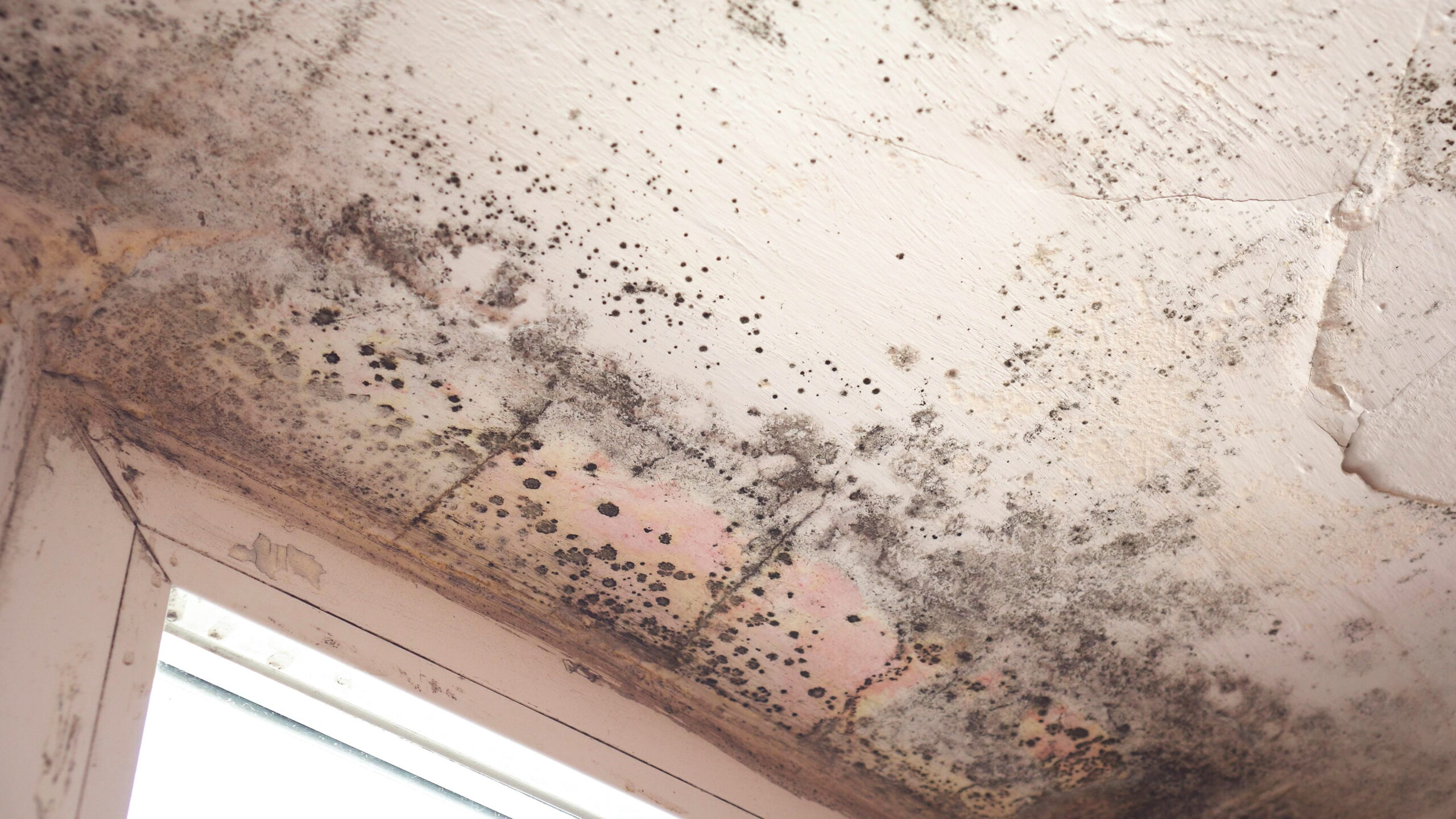Today marks the official commencement of Awaab’s Law: A significant step in transforming the obligations and accountability of social housing providers across England.
Awaab’s Law is here, a Landmark for Social Housing Reform
Published 27 October 2025 | Westbury FM
Why it matters
The law is named after Awaab Ishak, a two-year-old boy from Rochdale who tragically died in December 2020 after prolonged exposure to mould in his family’s social-housing home. His death exposed systemic failures in the way serious housing hazards were reported, investigated and remedied.
In memory of Awaab and as a legacy to his family’s campaign for change, the government has introduced new legally binding time limits and duties for social landlords to ensure such a tragedy is never repeated.
What the new law requires (Phase 1)
From today, social housing landlords must act with urgency when certain hazards are reported. Key requirements include:
- Emergency hazards (those posing an imminent and significant risk to occupant health or safety) must be investigated and made safe within 24 hours.
- Significant damp and mould hazards must be investigated within 10 working days of being notified. If found to pose a serious risk, the home must be made safe within 5 working days after investigation.
- Landlords must provide tenants with a written summary of the investigation within 3 working days of its completion.
- If the home cannot reasonably be made safe in the specified timeframe, the landlord must offer suitable alternative accommodation at their expense.
- Landlords must take into account the situation of vulnerable households (such as those with young children, disabilities or health conditions) when assessing risk and urgency.
The law applies to social housing tenancies, local authority homes and registered providers of social housing, right now. Private rented properties will be brought under scope in later phases.
What’s next & broader implications
Phase 1 focuses on the most urgent hazards (emergency risks, damp & mould). According to the published guidance and regulatory commentary:
- Phase 2 (from 2026) will extend to other hazards under the housing health and safety rating system (HHSRS), including excess cold/heat, fire, and electrical hazards.
- Phase 3 (2027 and beyond) will cover the remaining significant hazards in social housing (excluding overcrowding).
- The introduction of Awaab’s Law also serves as an indicator of the government’s heightened scrutiny of social housing standards. It will likely drive stronger enforcement, improved tenant-landlord communication and demand for better maintenance systems across the sector.
What this means for tenants & landlords
For tenants:
- If you live in social housing and you report damp, mould or another serious hazard, you now have a legal right to prompt investigation and action.
- Keep a record: date the hazard was reported, any correspondence, and photos if safe to do so This will help if you need to escalate.
- If your landlord fails to act within the new timeframes, you may have grounds for complaint or legal action under the new regime.
For landlords (social housing providers):
- Review and update repair-and-maintenance policies, risk assessment processes and communication workflows to meet the new deadlines.
- Make sure system-wide readiness: staff training, contractor arrangements, clear internal escalation routes for hazards, and careful record-keeping.
- Longer term: prepare for the broader obligations coming in Phases 2 and 3, and consider how to integrate those into asset-management planning.
A final reflection
Today represents a crucial milestone for social housing in England. Awaab’s Law sends a clear message: a decent, safe home is not a bonus, it’s a right. The tragedy of Awaab Ishak lives on not only in memory but in reform aimed at protecting millions of tenants across the country.
As the protections come into force, vigilance, transparency, and accountability will be more important than ever. For tenants who continue to live in unsafe conditions, hope lies in these new legal duties; for landlords, the law is a call to match expectations with action.
At Westbury FM, we will continue to monitor how the law is implemented and update you on its impact locally and nationally.
If you or someone you know is living in social housing and experiencing serious damp, mould or other hazardous conditions, don’t hesitate to seek advice or support. This law exists to give you a stronger voice.
References
- The Guardian – Social landlords in England now forced to fix emergencies within 24 hours
- The Independent – Awaab’s Law: Renters’ Rights Bill and air quality reforms
- National Housing Federation – Awaab’s Law guidance
- Trowers & Hamlins – Phase 1 of Awaab’s Law takes effect on 27 October 2025
- Shelter England – How Awaab’s Law changes the rules on hazards in social housing
- Ramsdens Solicitors – Renters’ Rights Bill and Awaab’s Law
- Procurement for Housing – Awaab’s Law requirements and deadlines: The complete breakdown
- Shakespeare Martineau – Are you ready for Awaab’s Law?
- Clyde & Co – The introduction of Awaab’s Law in October 2025
- Scottish Housing News – Implementation concerns raised as Awaab’s Law comes into force in England
- Ideal Home – Awaab’s Law explained: your rights as a renter and landlord
- The Guardian – Delay to Awaab’s Law puts lives of social housing tenants at risk, warns Shelter
🔔 Follow Westbury FM on Linkedin for regular industry news & updates, or Contact Us here.



